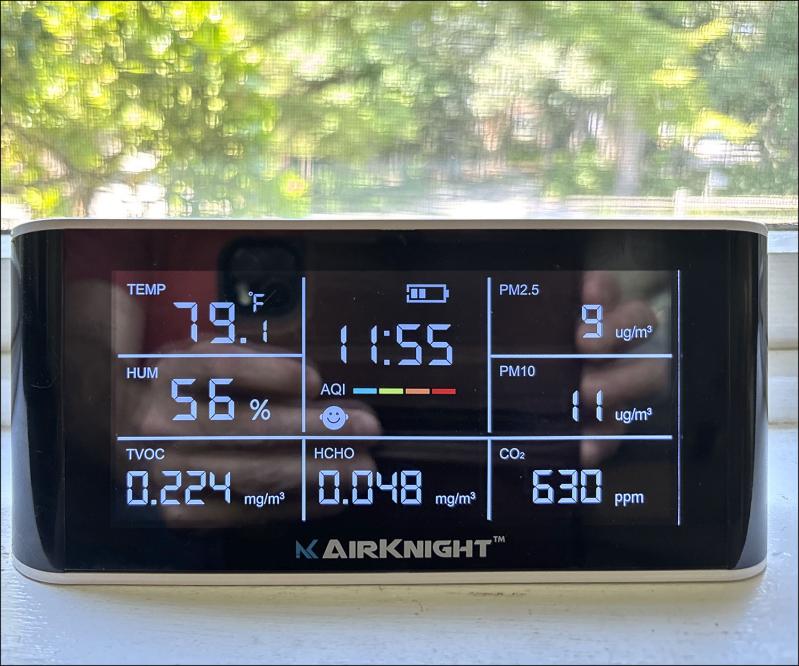That wasn’t clouds or fog last weekend. It was dirty air.
The New York State Department of Environmental Conservation issued an air quality health advisory on July 26 because of particulate matter, also known as PM 2.5, descending on the East End from wildfires that are again raging in Canada.
Unfortunately, according to the Canadian government, the wildfire forecast for August is set to worsen, with “well above average” activity predicted.
It is more common for Long Island air quality alerts to be issued when ozone levels are high. In fact, there has been an air quality advisory issued each day this week. Yesterday, the ozone readings ran up to 136 before dropping off.
According to the New York State Department of Health, ground level ozone is the main ingredient in smog. Ozone pollution forms in sunlight, usually on hot summer days, when volatile organic compounds and nitrogen oxides react. These pollutants come from vehicles, industries, gasoline landscaping equipment, and products such as solvents and paints.
While ozone alerts should not be ignored, and can cause coughing, breathing difficulty, and lung damage, particulate matter refers to microscopic particles that can get lodged in lungs and could lead to more serious health outcomes.
“Fine particles can travel deeply into the respiratory tract, reaching the lungs,” read the July 26 alert. “Exposure to fine particles can cause short-term health effects such as eye, nose, throat, and lung irritation, coughing, sneezing, runny nose, and shortness of breath. Exposure to fine particles can also affect lung function and worsen medical conditions such as asthma and heart disease.”
The New York State Department of Health could not provide an expert to answer questions about the difference in severity between the two pollutants, or if residents should be concerned about a single day’s exposure.
On July 26, there was a noticeable tinge to the air and a lingering smell of smoke. During the 2023 wildfire season, the East End was blanketed in smoke for a few days with the midday sun appearing orange through the filtered air.
As of 2 p.m. on July 26, the airnow.gov reading for PM 2.5 in Sag Harbor was 153, or “unhealthy.” To put that number in context, if the East End were a city, it would have been ranked seventh worst in the world, between Doha, Qatar, and Lahore, Pakistan, according to iqair.com.
When PM 2.5 reaches such levels, Suffolk County Health Commissioner Dr. Gregson Pigott advises all residents, but especially young children, senior citizens, and those with pre-existing respiratory or heart problems, to limit outdoor activity.
An air purifier may help reduce indoor levels of PM 2.5. The John Memorial Jermain Library in Sag Harbor, as part of its Library of Things, allows residents to borrow an air quality monitor that can measure indoor pollutants.
According to airnow.gov, yesterday’s AQI forecast for ozone was 105; PM 2.5 was forecast to hit 65. Under 50 for both readings is considered safe.




